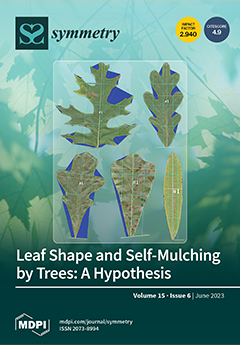The method of Borel transformation for the summation of asymptotic expansions with the power-law asymptotic behavior at infinity is combined with elements of scale-invariant fractional analysis with the goal of calculating the critical amplitudes. The fractional order of specially designed scale-invariant fractional derivatives
u is used as a control parameter to be defined uniquely from
u-optimization. For resummation of the transformed expansions, we employed the self-similar iterated roots. We also consider a complementary optimization, called
b-optimization with the number of iterations
b as an alternative fractional control parameter. The method of scale-invariant Fractional Borel Summation consists of three constructive steps. The first step corresponds to
u-optimization of the amplitudes with fixed parameter
b. When the first step fails, the second step corresponds to
b-optimization of the amplitudes with fixed parameter
u. However, when the two steps fail, the third step corresponds to the simplified, Borel-light technique. The marginal amplitude should be found by means of the self-similar iterated roots constructed for the transformed series, optimized with either of the two above approaches and corrected with a diagonal Padé approximants. The examples are given when the complementary optimizations,“horses-for-courses” approach outperforms other analytical methods in calculation of critical amplitudes.
Full article





